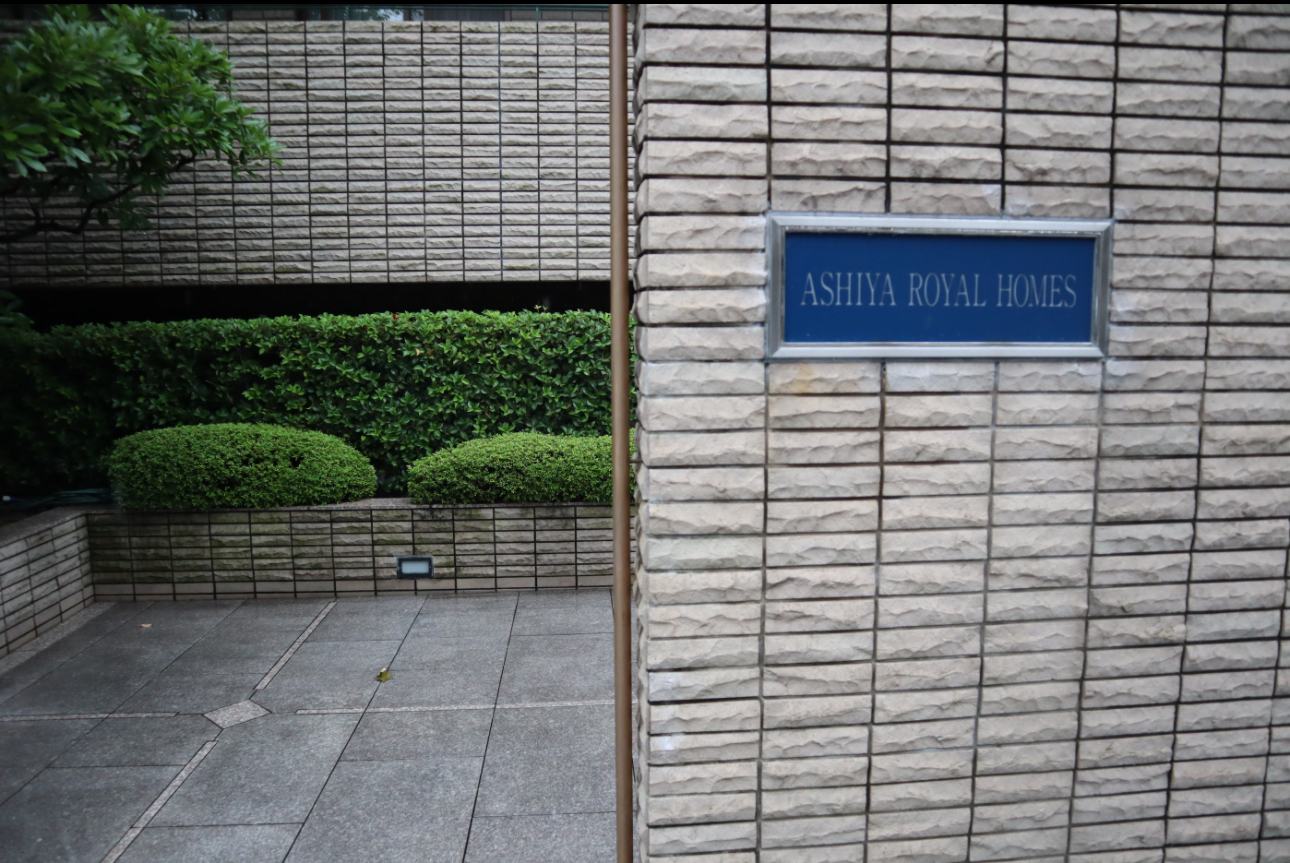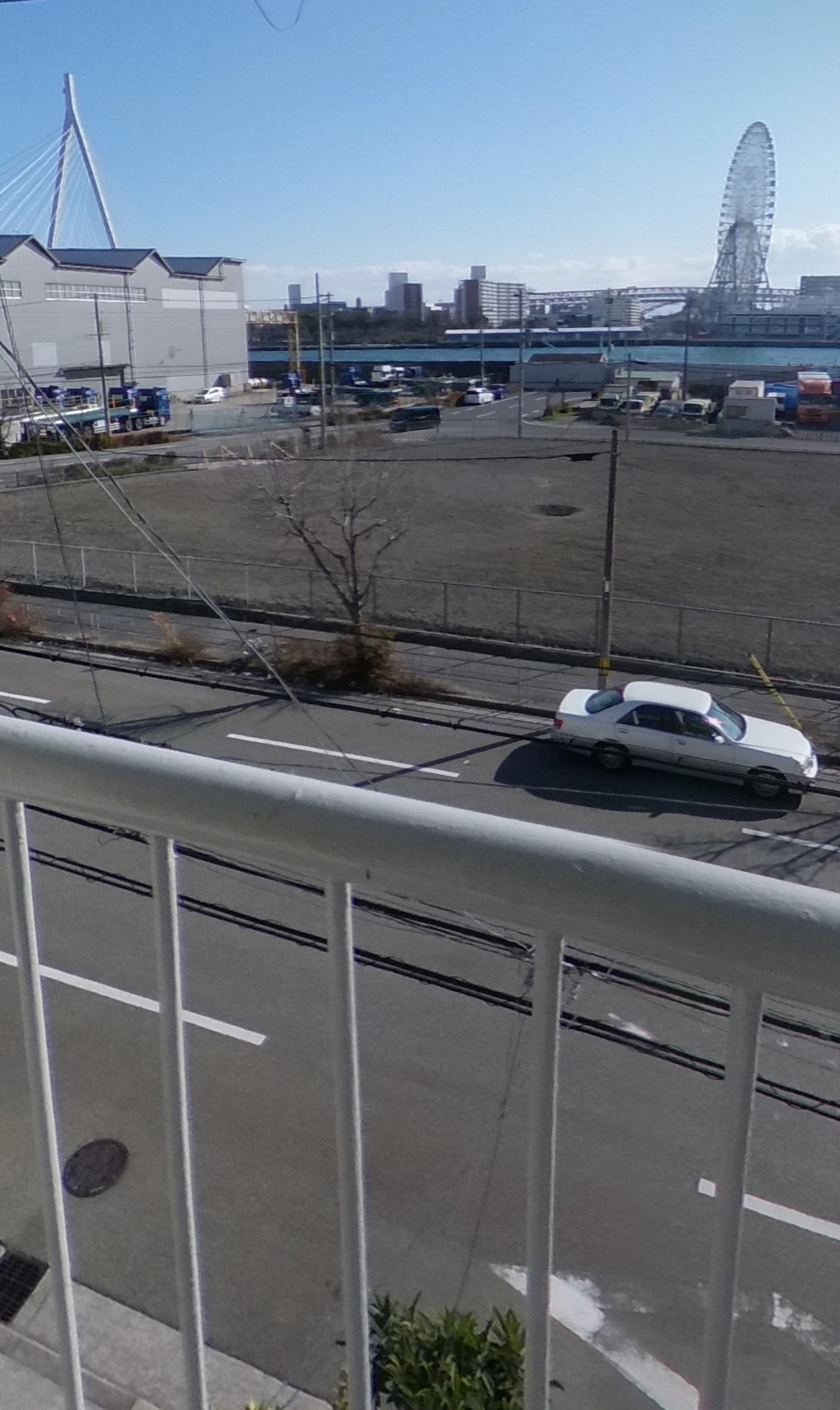
In August 1945, Mr. Isao Nakauchi, then a Japanese military officer, witnessed the end of World War II. Solely surviving the devastating losses his unit suffered against the United States, he carried the burden of being the lone survivor, a catalyst that inspired him to revolutionize the retail industry.
Nakauchi’s philosophy was grounded in the belief that consumers, not manufacturers, should determine product prices. This principle led him to implement an aggressive low-cost strategy, sparking a retail revolution in Japan and reflecting a significant shift in post-war societal values.
Nakauchi’s former residence in Ashiya (ASHYA ROYAL HOMES) , Hyogo Prefecture, was transformed into a luxury housing area for expatriates, a location I frequently facilitated for foreign rental clients.
Mr. Suzuki, the dedicated property manager, devoted his life to Mr. Nakauchi. Even after Nakauchi’s passing, Suzuki meticulously maintained the property, providing exceptional service in English to foreign residents. He continued this dedication until his retirement.
The journey of Mr. Nakauchi, from a military officer to a business magnate, illustrates the profound impact war veterans had on Japan’s post-war economy. His enterprise, Daiei Supermarkets, known as “Housewives’ Friend Daiei”, garnered immense support from Japanese housewives eager to minimize household expenses.
As we approach Expo2025, we at Dios are re-evaluating our supply chain to provide our international clientele with the highest quality at the most affordable prices. Our strategy is to offer services with a dual approach of high value and low cost.
#WWII #PostWarJapan #RetailRevolution #Daiei #JapaneseEconomy #BusinessInnovation #ConsumerEmpowerment #LegacyOfIsaoNakauchi #HistoricalImpact #TransformationalLeadership #Expo2025 #AffordableSolutions #SupplyChainInnovation


